Contents
- 1. The Shoebill
- 2. Okapi
- 3. The Pacu Fish
- 4. The Panda Ant
- 5. The Narwhal
- 6. The Red-Lipped Batfish
- 7. The Blind Snake
- 8. The Umbonia spinosa
- 9. The Blue Dragon
- 10. Pink Fairy Armadillo
- 11. The Aye-Aye
- 12. Dumbo Octopus
- 13. Lampreys
- 14. Sunda Colugo
- 15. The Blobfish
- 16. California Condor
- 17. The Alligator Snapping Turtle
- 18. Gobi Jerboa
- 19. Star-nosed Mole
- 20. The Gerenuk
- Share this:
- Related
Animals are unique creatures. They have their own special qualities, abilities and appearances. The scientists keep discovering new species every year. Inspired by their hard works, we are compiling 20 kinds of new animal species that you’ve never seen before.

This species’ natural habitat is in tropical east Africa, in large swamps from Sudan to Zambia. Shoe-billed Stork is their other nicknames. It has a large shoe-shaped bill and unique blue feathers. Their height can range from 110-152cm. Quite tall, aren’t they?
2.2. Okapi
href="http://invorma.com/wp-content/uploads/2015/06/Okapi.jpg">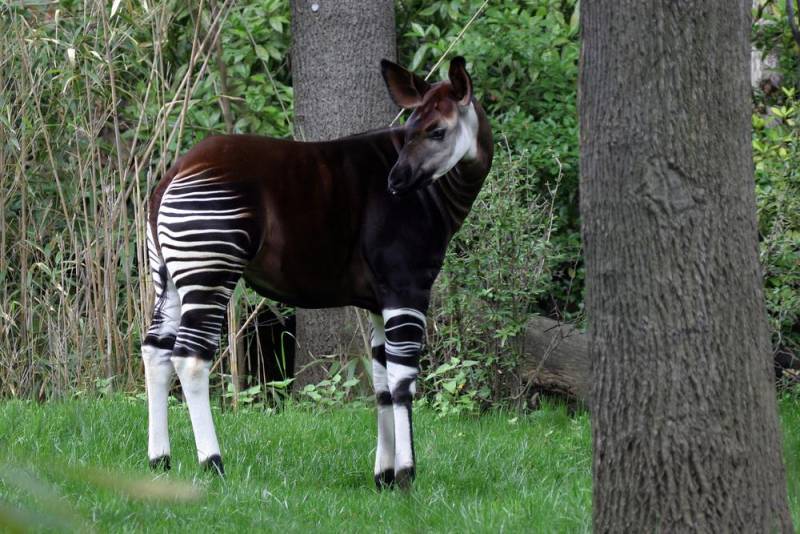
It’s shape is like a combination between a horse and a zebra, but this species is closely related to the giraffe family. This is a native species to the Democratic Republic of the Congo in Central Africa.
3. T3. The Pacu Fish
ref="http://invorma.com/wp-content/uploads/2015/06/Pacu-Fish.jpg">
This is an original species from South America. Closely related to their family, piranha. It has a full set of humanlike teeth. Another reason for not swimming alone in South America’s rivers.
4. The4. The Panda Ant
f="http://invorma.com/wp-content/uploads/2015/06/Panda-Ant-Sixpenceee.jpg">
This is not an ordinary ant that lived in panda’s body. This is a species of wasp founded in Chile. Although they have cute appearances, you better keep a safe distance, because they are very poisonousbugs.
5. The N5. The Narwhal
a-attachment-id="400" data-permalink="https://invorma.com/20-unusual-animals-youve-never-seen-before/narwhal/" data-orig-file="https://invorma.com/wp-content/uploads/2015/06/Narwhal.jpg" data-orig-size="800,534" data-comments-opened="1" data-image-meta="{"aperture":"0","credit":"","camera":"","caption":"","created_timestamp":"0","copyright":"","focal_length":"0","iso":"0","shutter_speed":"0","title":"","orientation":"0"}" data-image-title="Narwhal" data-image-description="" data-medium-file="https://invorma.com/wp-content/uploads/2015/06/Narwhal-300x200.jpg" data-large-file="https://invorma.com/wp-content/uploads/2015/06/Narwhal.jpg" loading="lazy" class="alignnone wp-image-400 size-full" title="Narwhal" src="http://invorma.com/wp-content/uploads/2015/06/Narwhal.jpg" alt="Narwhal" width="800" height="534" srcset="https://invorma.com/wp-content/uploads/2015/06/Narwhal.jpg 800w, https://invorma.com/wp-content/uploads/2015/06/Narwhal-300x200.jpg 300w" sizes="(max-width: 800px) 100vw, 800px" />
Narwhal is the most recognizable whale on earth because of their tusk appearance. Their natural habitat is in the Arctic Ocean. Therefore, they are called as the unicorn of the ocean.
6. The R6. The Red-Lipped Batfish
tachment_411" style="width: 810px" class="wp-caption alignnone">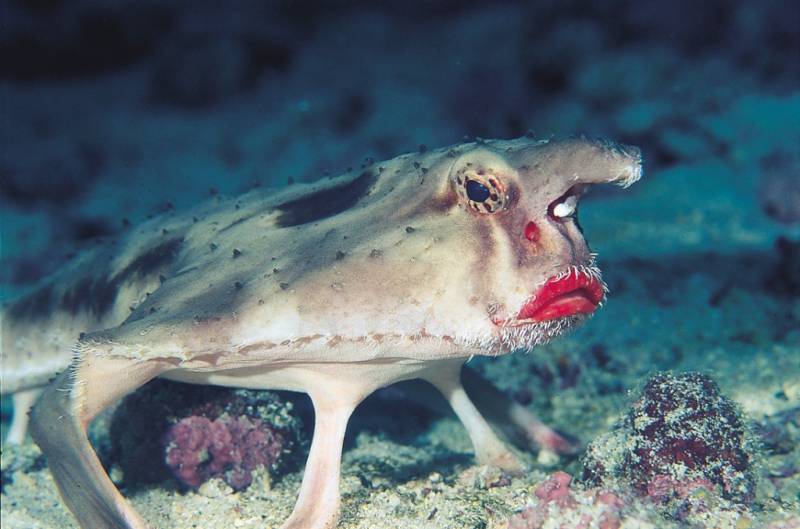
divencounters.com
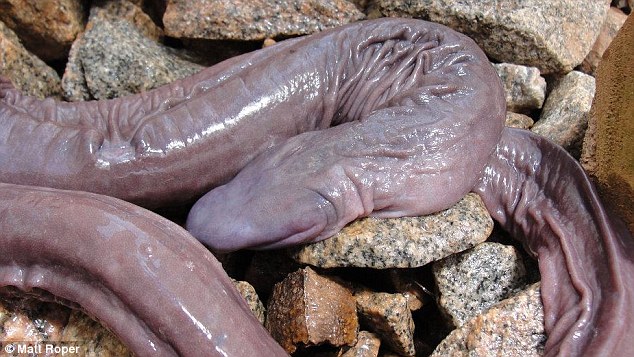

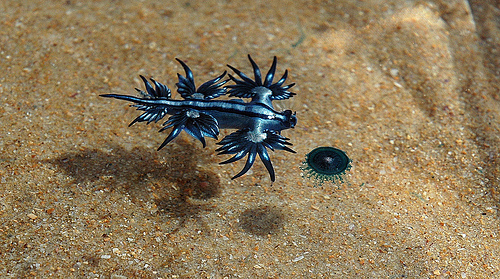

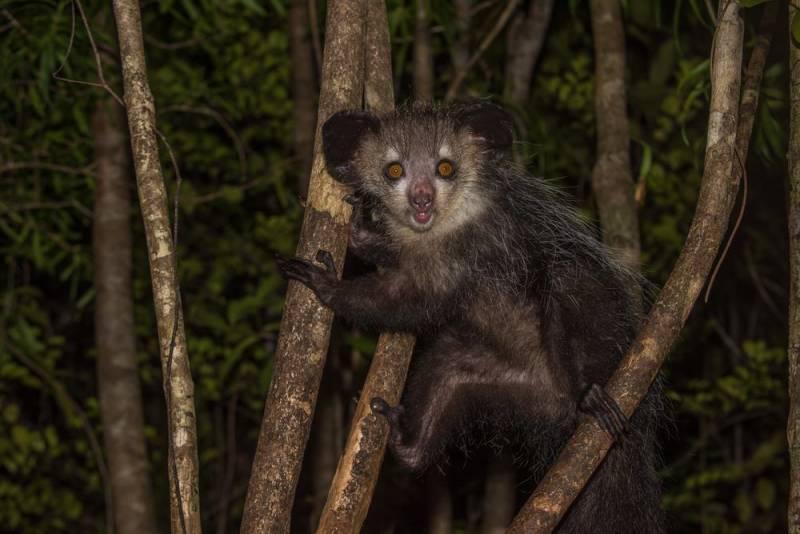

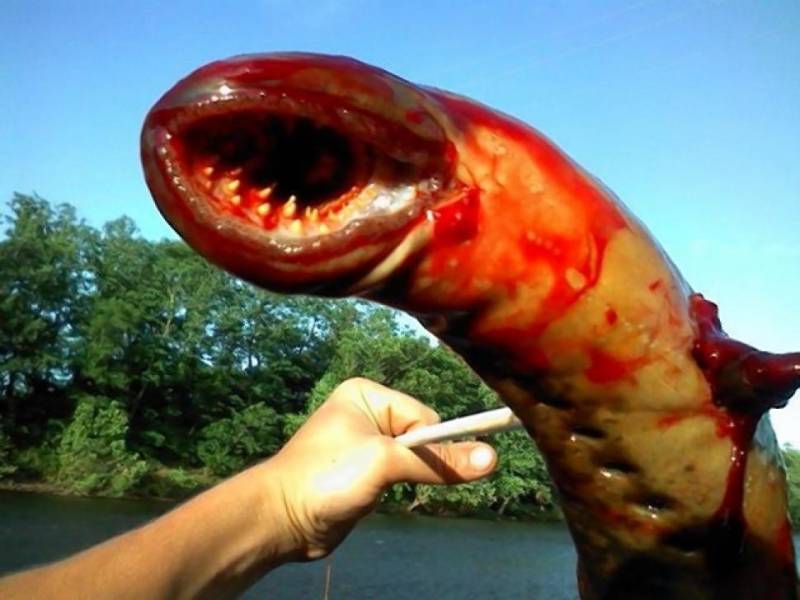

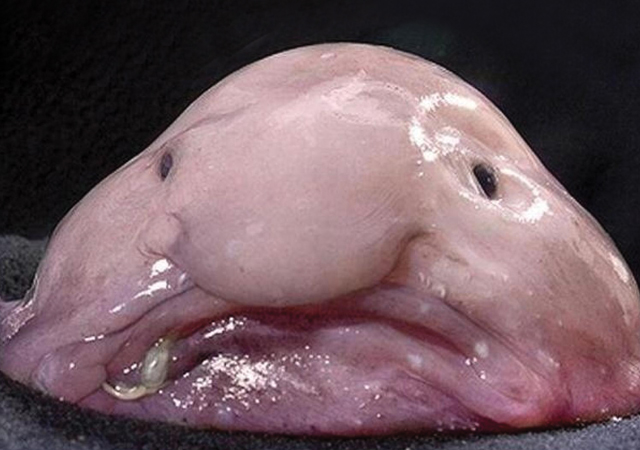



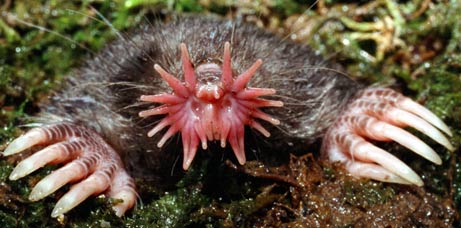

Leave a Reply